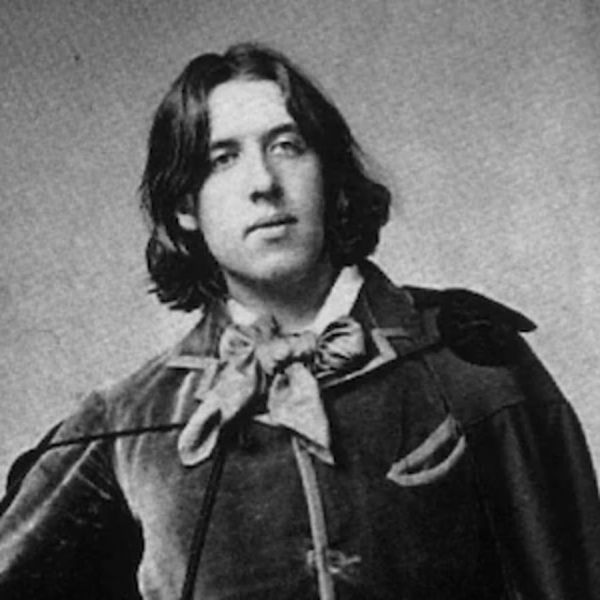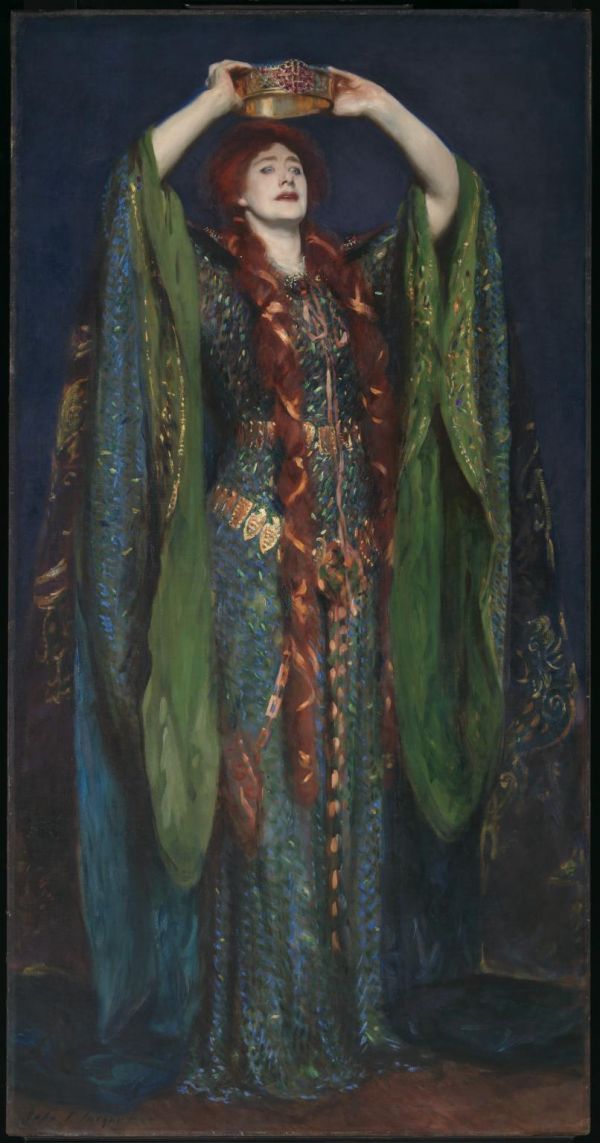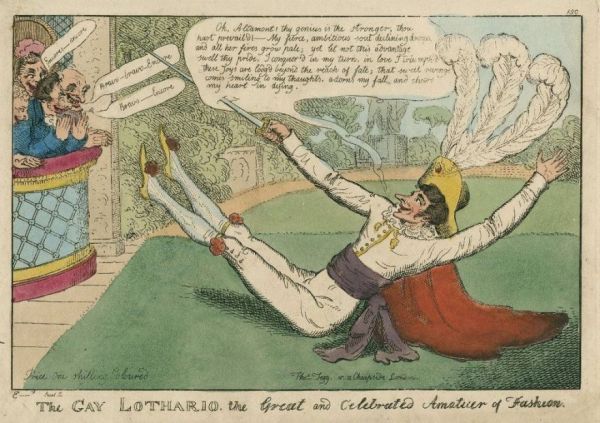This is a real intercollegiate soccer tournament, but instead of athletes, the schools deploy their robotics teams. The ROBO League Football Tournament was held in Beijing on June 28th. The 3-on-3 game above is between Tsinghua University and the Beijing Information & Science Technology University. The robots, built by Booster Robotics, seem a little hesitant, like they are nervous playing in front of a crowd. When the referees appear, you notice the robots are only three feet tall, and it then makes sense- they are playing as children! Or at least that's what they look like to us. They make goals, but there is no celebrating, no swinging kicks with followthrough, and barely any defense. The players spend their time and effort trying to identify the ball and follow it without falling down. There are no Terminators here.
In previous robotics soccer games, the robots were guided by remote control. Here, remote control is disabled when the players take the field. Their movements are all programmed by artificial intelligence, which is where the real competition between the teams comes in. This video is just the highlights; you can see more and longer videos at Laughing Squid.

British author Oscar Wilde (1854-1900) is perhaps most famous for his novel The Picture of Dorian Gray and his play The Importance of Being Earnest. Hugely popular but controversial in Victorian society, Wilde's career and reputation collapsed when he was convicted of gross indecency in 1895 and sentenced to two years in person. He died in poverty three years after his release.
The Guardian reports that when Wilde was convicted, the Board of Trustees of the British Library, then known as the British Museum Reading Room, revoked Wilde's access to that celebrated nexus of intellectual discourse. On October 16, on the occasion of Wilde's birthday, the British Library will restore Wilde's access--posthumously, of course.
-via reddit
If someone were to ask you what Superman stands for, what would you say?
Truth and justice.
Truth, justice, and freedom.
Truth, justice, and the American way.
Truth, justice and other stuff.
Truth, justice and peace for all mankind.
Truth, justice and a better tomorrow.
This is not a poll, and it's actually a trick question. The fact is that every one of those phrases has been associated with Superman at one time or another. The phrase "truth, justice, and the American way" is the one we are most likely to recall, as it was in the opening of the 1950s TV show starring George Reeves. It was coined in 1942, years after the Man of Steel's debut, to reflect America's entry into World War II. But it was never used in comic books until 1991. Read how Superman's motto has evolved over his 87 years (although he still doesn't look a day over 30) at Smithsonian.
Daniel Xu and his wife bought a house in the suburbs of Melbourne, Australia. They'd been inside, and had a home inspection, but Xu hadn't seen the crawl space himself. The tiny opening led down a few stairs and revealed a huge area totally covered with a miniature railroad setup! Neither the realtor nor the previous owners had mentioned it, and it turns out that their father had built the railway in the 1960s and it hadn't been used in many years. Why didn't the home inspector mention it? He probably assumed the buyer knew about it, and he had other things to attend to.
The real kicker is that Daniel Xu is a railroad engineer himself. He's also a model train enthusiast with his own model trains, but nothing as extensive as what he just bought. He plans to restore and upgrade the railway with modern technology, while keeping the vintage look. Xu has his work cut out for him, as the whole room is covered with dust and spider webs. But that work is what makes model railroading a hobby. -via Metafilter

Shakespeare wrote the play Macbeth in the early 1600s as a work of fiction. But there was historical inspiration from the annals of Scottish royalty, including a real king named Macbeth from the 11th century. The most intriguing character in the play is Lady Macbeth, whose lust for power for her husband led her to murder and madness. The inspiration for Lady Macbeth was a woman named Gruoch, whose husband, Gille Comgáin, was a regional ruler in Scotland and had a first cousin and rival named Macbeth. All three were related to Scottish King Malcolm II in one way or another. That seems like a tenuous connection, but it's only the beginning of the story.
A deadly feud between Gille Comgáin and Macbeth's family led to the death of Macbeth's father, followed years later by Comgáin's death, along with 50 of his men. What could mend the rift between these two clans? It happened when Gruoch married Macbeth, who became king a few years later. We don't know much about Gruoch, or her motivations, but Shakespeare gave her plenty in the form of a murderous thirst for power 600 years later. Read what we do know about the Scottish queen Gruoch at History… the Interesting Bits! -via Strange Company
We think of chickens as mindless egg layers, or bird brains. Considering Mike the Headless Chicken, you may be forgiven for thinking so. But the process of reproduction, even when it relies basically on instinct, is quite complex and amazing. Hormones and instinct cause a hen to go broody, meaning she devotes everything to her clutch of eggs, even to point of not eating. Cartoons depict broody hens as being surprised when their eggs hatch. Real hens know when that's going to happen, because the chicks actually start chirping! The hen gets excited and cheers on the chirping and the pecking until the baby chick is out of the egg. All that commotion encourages the other eggs to hatch, regardless of the fact that they were laid on different days. After all, it would be difficult for a hen to keep up with chicks when there are remaining eggs that need to stay warm. This new video from BBC Earth is from the series Secret Life of Farm Animals. -via Damn Interesting

Every once in a while, a performer becomes famous for their lack of talent. Florence Foster Jenkins was so convinced of her operatic talent that she rented Carnegie Hall, and people came to marvel at her terrible singing. Tommy Wiseau produced, directed, and acted in a movie that people only watched because it was so awful. But they came in late to the game compared to Robert Coates, who took to the stage as a Shakespearean actor in 1809.
Coates was convinced he had a talent for drama, and he was certainly dramatic. He designed his own costumes, improvised his lines, and repeated death scenes over and over on stage until he got it right. The audience thought Coates' debut as Romeo was a comedic take, and loved it. When it became clear Coates was confidently earnest, just very bad at what he was doing, he became a sensation in England. Audiences flocked to see Coates act, so they could laugh, ridicule him, and sometimes throw vegetables at him. The actor was just as flamboyant off stage. Read about the notorious Robert Coates at Amusing Planet.
The 16th-century song "Greensleeves" is a familiar tune, which you most likely know as the Christmas song "What Child is This?" The original song was written in the year 1580, and the oldest surviving lyrics were written down in 1584. There are 18 verses, and they tell of a man who has a crush on a woman and showers her with gifts of clothing, which are described in the song. Together, they make a stalker tale and a fine Tudor outfit. Was it a true story? Or a song written in the throes of unrequited love? Who knows- maybe it was written by someone who just wanted to write about fashions.
The Greensleeves Project has been working to decipher and recreate all the clothing mentioned in the song, which gives us a glimpse into the fashions of the Elizabethan Era. The longer documentary that was mentioned at the end is here. You can keep up with The Greensleeves Project at Instagram. -via Metafilter
The San Antonio Express-News passes along this video of mysterious origin. A man plays--and plays well--pool in what appears to be a bar and on what is definitely a horse.
Is he actually in Texas? We have no direct evidence, but this is a very Texan thing to do. Working from horseback is a normal thing to do, including my own work at a library. Texas is a big place and requires constant movement.
-via Dave Barry
On July 6, 1944, thousands of people were packed into the big top to watch the Ringling Brothers and Barnum & Bailey circus in Hartford, Connecticut. The temperature hovered around 90 degrees, and the tent was waterproofed with paraffin and gasoline, as was customary at the time. Access to the tent was strictly controlled by metal gates, and some were lined with animal cages and chutes. Just a few minutes into the matinee performance, a fire broke out near the main entrance. It took a few minutes for the audience to notice the fire, and some thought it was part of the show. Circus employees scrambled to extinguish the blaze, but the flames crawled up the fabric tent walls with amazing speed.
Evacuation was hampered by the fire, the chutes and cages, and the lack of emergency exits. There were hundreds remaining in the tent when its roof collapsed, and 167 people died. Hundreds were rushed to hospitals with burns and injuries from falling debris, jumping from bleachers, and the stampeding crowd. Now 81 years later, some of those who attended the circus that day as children still have psychological scars from the trauma of that day. Read about the Hartford circus fire that became known as "the day the clowns cried" at Smithsonian.
Is this dancer spinning or not? No, the "movement" is implied by the shifting contrast of the edges and contours. The illusion titled The Static Spin by Saleeta Qadir and Bernhard Egger of Germany won first prize in the Best Illusion of the Year competition. The contest from the Neural Correlate Society has been awarding mind-bending visual and cognitive illusions and the creative people behind them since 2005. The organizers spent all of 2024 gathering submissions, which were winnowed down by a group of experts to ten finalists. The voting public, meaning illusion fans, got to vote for their favorite from those ten finalists, and the winners were just announced today. The second place prize was won by Duška Milosavljević of Serbia for the illusion titled "Dollusion."
Sure, it's a special effect, the kind they once used in movies. But it's all happening at once, and they eventually show us how it's done. Third prize went to Hiroaki Hamanaka, Ryohei Miki, and Kyota Yamamoto for their illusion titled Tri-form Prism. You can see all ten 2024 finalists in a gallery here.
Up through most of the 20th century, school discipline could involve paddling, rapping your knuckles with a ruler, or forced labor. That last one might still be in use. But science teacher H.T. Opsahl had an electric chair, and he used it to punish unruly students.
The chair began as a science experiment. A 25-year-old military veteran, Opsahl had rigged the wooden chair with a metal bar that would conduct electricity from a Tesla coil into the body of whoever sat in it. Opsahl had punished at least two other misbehaving students with time in the chair before 14-year-old Earl Tenneson, but it was Tenneson who told his father about it. The elder Tenneson stormed into Barnesville High School in Minnesota demanding an explanation. This was in 1924, and the school authorities said it was no big deal, the student was alright. Read about the classroom electric chair used as punishment at Mental Floss.
Whatever year you can name out of the last 100 years, there has been a movie that is set in that year, or at least covers it. YouTuber kaptainkristian (previously at Neatorama) found a movie that depicts each year between 1925 and 2025 and arranged them in chronological order. While some just evoke the era, most of them show us a familiar historical event that you've either experienced or have read about -and the ones that you lived through hit the hardest. Has it really been 36 years since the Berlin Wall fell? Every once in a while the year is displayed to help keep us straight. Toward the end, the movies move from historical to futuristic, as many classic science fiction stories are set in years that have already elapsed. There is a list of these movies at the YouTube page, because you might not have seen them all. -via Geeks Are Sexy

The greatest whodunit writer ever was Agatha Christie. She wrote 66 novels, 14 collections of short stories, and 20 plays, almost all challenging the reader to figure out who perpetrated a crime, usually murder, from the clues left behind. Many of those murders involved poisons. Christie had a background in chemistry, as she had worked as a pharmaceutical assistant back in the days when pharmacists mixed up medicines themselves. She knew which chemicals could be easily obtained, which had medicinal uses, and how much of it was required to kill someone.
In her murder mysteries, Christie became a science communicator, giving the reader all the clues they needed to identify the killer if they could figure out how those clues fit together. For example, in her 1939 novel Murder is Easy, one victim dies by ingesting oxalic acid. It was found that a cough syrup bottle had been filled with hat paint, which was made with oxalic acid. Only by learning what hat paint was and the type of person who used it can the reader find the killer -and Christie makes it all clear, little by little. Chemist and science writer Kathryn Harkup has written two volumes on Agatha Christie's poisons, and lets us in on how the novelist taught us about various poisons without sounding like a university lecturer, at Big Think.
(Image credit: Kenny Louis)
We know exactly why Screen Junkies has gone back to 1987 to review Spaceballs. Spaceballs 2 has only recently been announced, to be released sometime in 2027. Sure, you went to see Mel Brooks' Star Wars parody, and you laughed, but you might not recall the plot. This Honest Trailer goes over it, even though it doesn't make sense and it doesn't really matter. The point of the film was to make fun of the Star Wars franchise's merchandising and generally cashing in while the iron was hot. Little did we know then that the money-making machine that is Star Wars would continue for the next 50 years at least. Spaceballs' constant stream of jokes, self-deprecation, double entendres, and random crashing of the fourth wall only made us laugh more, and yeah, you had to go see it a second time because you missed a lot of jokes while you were laughing the first time around. Did Screen Junkies like Spaceballs? You betcha!




